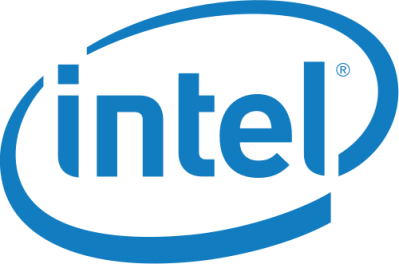Intel's TV Follies

Intel Corp.'s (NASDAQ: INTC) case that it can build a TV product, with new hardware and plenty of content, is based on the chip company's plan to offer a better mouse trap for the consumer as that consumer sits in his living room. Intel will market a set-top box to sit on the half a dozen boxes most people already have on top of or next to their TVs. One more product is at least one more too many.
Intel's corporate VP of Intel Media Erik Huggers, told AllThingsD that, "If bundles are bundled right ... I think there is real value in that." But even if the bundles are not wrong, inertia is Intel's greatest enemy, and one too powerful to overcome.
Any observer of the American living room can see that the consumer is afloat on a sea of electronics, content packages and software, each of which has a 100-page instruction manual. Some of the products are so complicated and filled with features that most people barely know how to use them all. One more instruction box, Intel will find, is an instruction book too far. That is the problem. Consumers are so overloaded with entertainment options that they can hardly distinguish among them. Unless Intel plans to offer premium entertainment for free, which could save some consumers hundreds of dollars a year, the person in his or her living room has no reason to consider its new products.
Cable has had the inside track into the living room for years. Even telecom companies like AT&T Inc. (NYSE: T), with fiber TV products, have not dislodged cable boxes. Satellite TV companies Dish Network Corp. (NASDAQ: DISH) and DirecTV (NASDAQ: DTV) have had some success. However, they cannot easily bundle their products with broadband and voice communications. Cable companies can. Research shows that consumers like this "triple play."
The fights over content options are just as pitched as those over set-tops. Cable offers pay per view. Netflix Inc. (NASDAQ: NFLX) does. So do Apple Inc. (NASDAQ: AAPL) and Amazon.com Inc. (NASDAQ: AMZN). Even with highly regarded brands, the successes of Apple and Amazon have been limited. Each is already up against the multiple set-top problem and has not conquered it.
Intel is trapped in an ugly world, and has to do anything within reason to get out. Its chips, which powered hundreds of millions of PCs for years, do not power the smartphones and tablets that quickly have replaced the ancient products and technologies. Intel needs to take long shots to move into other business. But long shots do not always work.
Filed under: 24/7 Wall St. Wire, Consumer Electronics Tagged: AAPL, DISH, DTV, featured, INTC, NFLX, T

